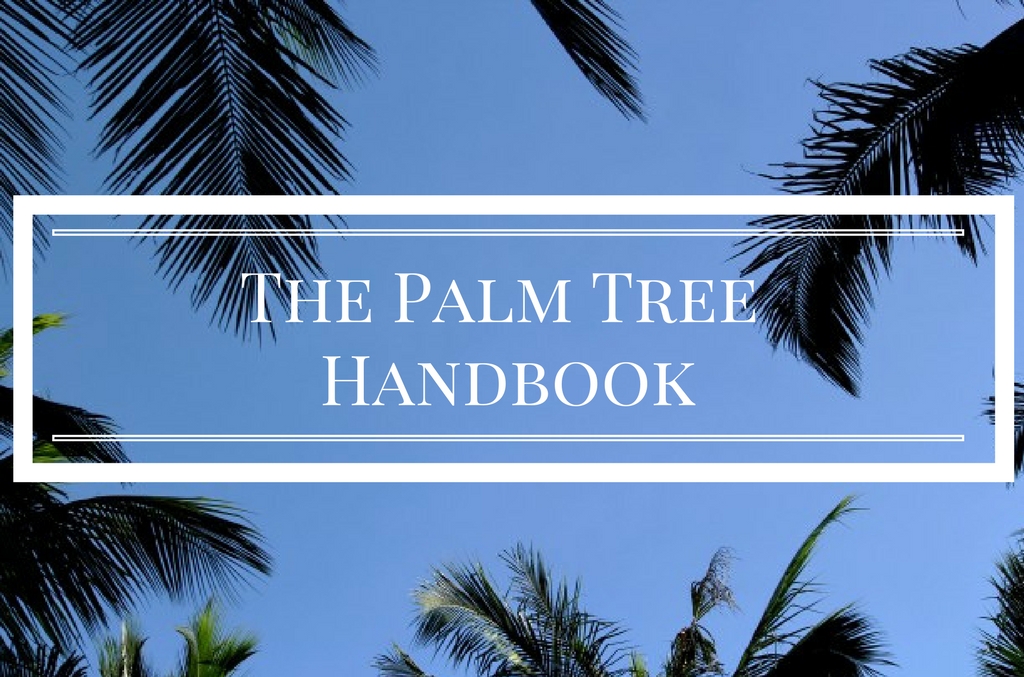Palm trees are very common in tropical and subtropical regions, which make them perfect for residential and commercial Florida landscapes! Learn more about purchasing, planting, and maintaining beautiful palms!
Purchasing a Palm Tree
When purchasing a palm tree, a variety of things need to be taken into consideration. You need to ask and answer a series of questions before making a purchase
Why is the tree being planted? Will it be a functional or an aesthetic piece in your landscape? For example, are you using it as a wind screen? Or is it a focal point in your landscape?
What kind of space to do you have for the palm? Will the palm tree be a good fit for the space? You want to make sure that there is ample space for for the tree to grow and that the tree fits well within the selected section.
There are plants that require more attention than others, what kind of maintenance are you willing to provide?
Things to Look for When Purchasing
When purchasing trees for your home or business you want to make sure you are getting your money’s worth. You want to make sure you have a high quality trees that are healthy, and aesthetically pleasing. A high quality palm will have a decent sized root ball and trunk, a full crown of healthy fronds, and a uniform trunk diameter! If the trunk has sections of of varying diameters, this is an indication of of a low quality palm tree! An example of this would be a small diameter below the fronds, also known as “pencilling.” You also want to avoid purchasing palms with too few fronds, with poor color, or with wounds from mechanical impacts or poor pruning.
Planting Palm Trees
Improper planting can lead to tree injury and property damage. As a rule of thumb, you should always tie the fronds and limit the amount of movement of the palm head, in order to protect the terminal buds.
Once you’ve purchased your palm tree, be sure to keep the root ball, moist but not overly saturated. Dig a hole that’s twice as wide as your root ball, and deep enough that the top of the root ball sits about even with the soil surface. The planting hole should be about 18 inches wider than the root ball. Place the root ball in the hole and backfill with native soil.
After planting, irrigation will depend on the climate and palm species. During our dry, warm seasons, newly planted palm trees should be watered 3-4 times a week until the palm is established or there is ample rain water available. During cooler weather, 1-2 times a week will suffice.
Maintaining Palm Trees
Like all trees, Palm trees also require fertilizer, mulching, disease and pest control, and pruning! Typically fertilizers are used to compensate for nutrient deficiencies. An arborist can help you identify these deficiencies with soil and tissue testing. Arborists can also help you identify plant pests and diseases! Mulching is important because it protects the tree from lawn care equipment, and it adds soil nutrients as it decomposes.
Pruning is probably the most important form of maintenance for palm trees. Most of the pruning of palms is done to remove dead or dying fronds, flowering, fruiting clusters. It is important that the terminal bud is not damaged when pruning. As another rule of thumb, you should not remove or prune and fronds who’s shafts are greater that 45 degrees above horizontal. Climbing spikes should never be used because they cause injury to the trunk. Over pruned trees may have slower growth and great risk of being infected with pests and diseases.
Contact Us
If you are unsure about pruning procedures, leave it to the professionals! Contact us and we will gladly help you with any of your palm tree care needs or questions.





